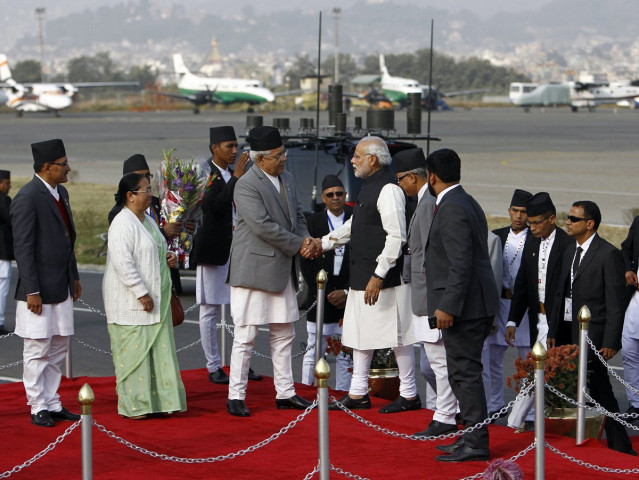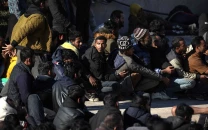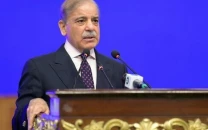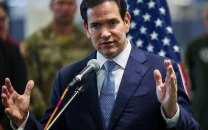India, Nepal sign $1bn hydropower deal
The deal allows an Indian company to construct a 900 megawatt hydropower project in Nepal

The deal allows India's state-owned company Satluj Jal Vidyut Nigam to construct a 900 megawatt hydropower project on Nepal's Arun river, with electricity expected to be generated from 2021.
The two energy hungry countries both suffer crippling electricity shortages and blackouts.
Nepal will receive for free about 22 per cent of the power generated, while the remainder will be exported to India, according to the Nepal Investment Board.
A vast network of fast flowing rivers through the Himalayas means Nepal has huge untapped hydropower resources.
But disagreements over perceived threats to its sovereignty stalled earlier agreements to develop joint ventures with India.
Meanwhile, Beijing has intensified its engagement with India's northern neighbour, pumping billions of dollars into infrastructure projects ranging from roads to hydropower plants.
"When we trust each other, we can move forward very quickly," Modi said in Kathmandu.
"Projects that have been in limbo for 25 years are moving forward. I feel very satisfied," he said on the sidelines of a summit of South Asian leaders and ministers under way in Kathmandu.
Modi has sought to deepen ties since coming to power in May, with the two countries signing a power trade agreement last month.
India is investing billions of dollars to develop hydropower in Nepal, which currently produces just 750 megawatts, less than two per cent of its potential.
"This project is an important achievement for both Nepal and India. There is a lot of excitement here to finally sign the agreement," said Radhesh Pant, from the Nepal Investment Board.
The latest deal comes after Indian infrastructure giant GMR agreed in September to build Nepal's first 900-megawatt hydropower plant.
Modi, who arrived Tuesday afternoon in Kathmandu for the South Asian Association for Regional Cooperation (SAARC) summit, also urged Nepal's leaders to work together and secure a deal to draft a new constitution.
"The only way to draft a constitution is through consensus... if you don't agree on a new constitution, Nepal will undergo much suffering," he said.
Nepal has endured prolonged political limbo since the end of a decade-long civil war in 2006, when Maoists signed a peace deal paving the way for constituent assembly polls two years later.
But successive governments have failed to agree on a new constitution which would conclude the country's peace process.



















COMMENTS
Comments are moderated and generally will be posted if they are on-topic and not abusive.
For more information, please see our Comments FAQ